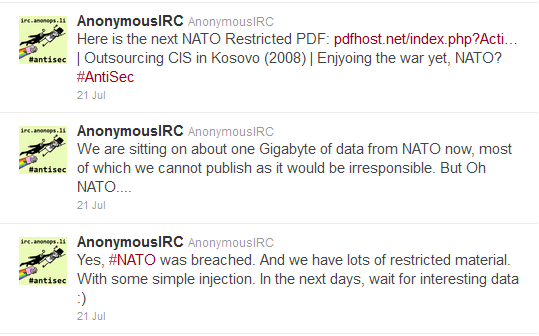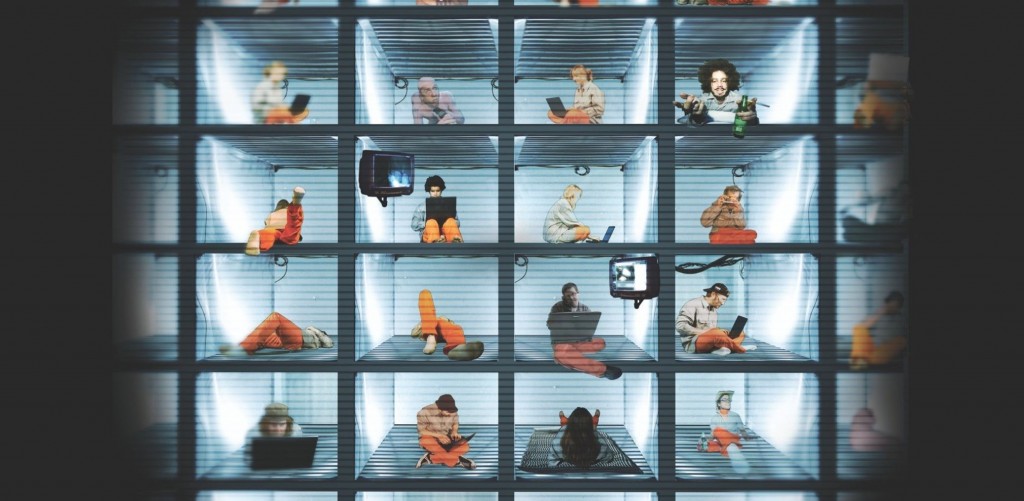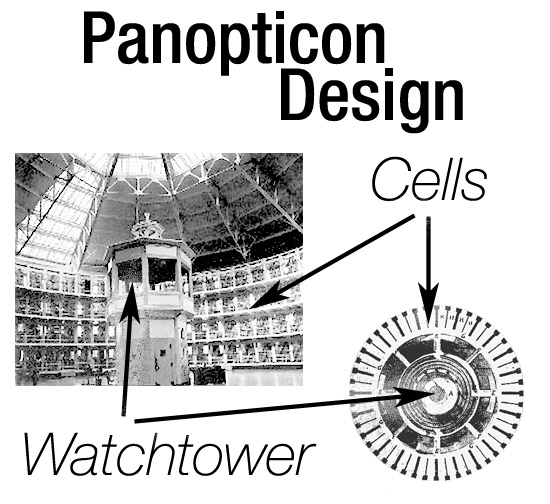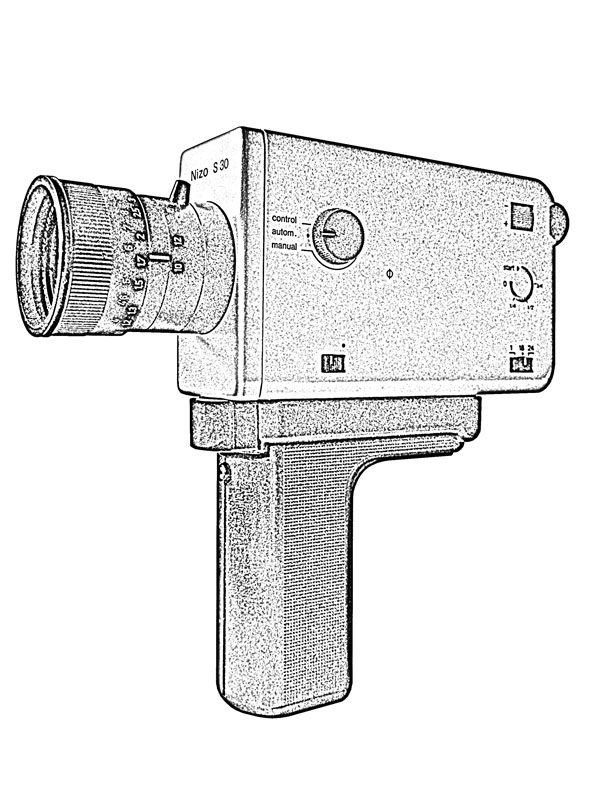
On July 21st, 2011, Anonymous—the 4chan-associated hacker collective with a cyber-libertarian bent—announced that they had breached NATO’s secure database and retrieved roughly a gigabyte of restricted data. To verify their claim, Anonymous posted a “NATO restricted” document to Twitter. Interestingly, Anonymous has been very cautious in leaking the documents it has obtained, publicly declaring that it would be “irresponsible” to publish most of it. Much of what has be published is “Redacted, for sanity.” more...









